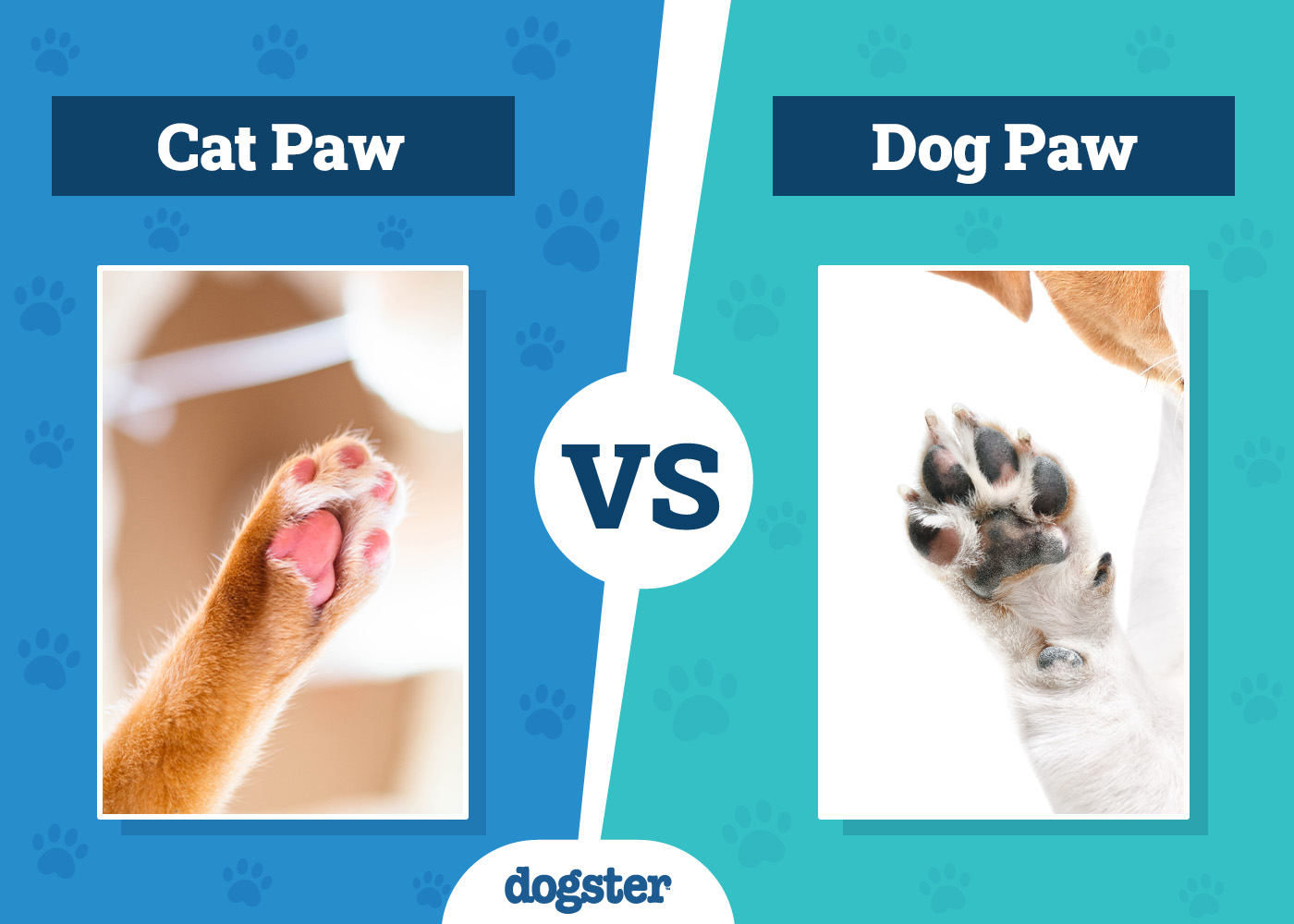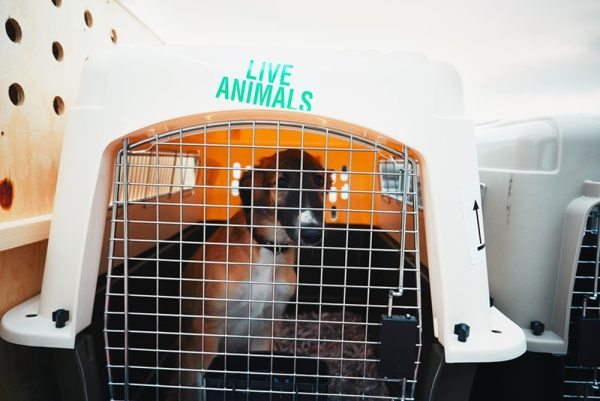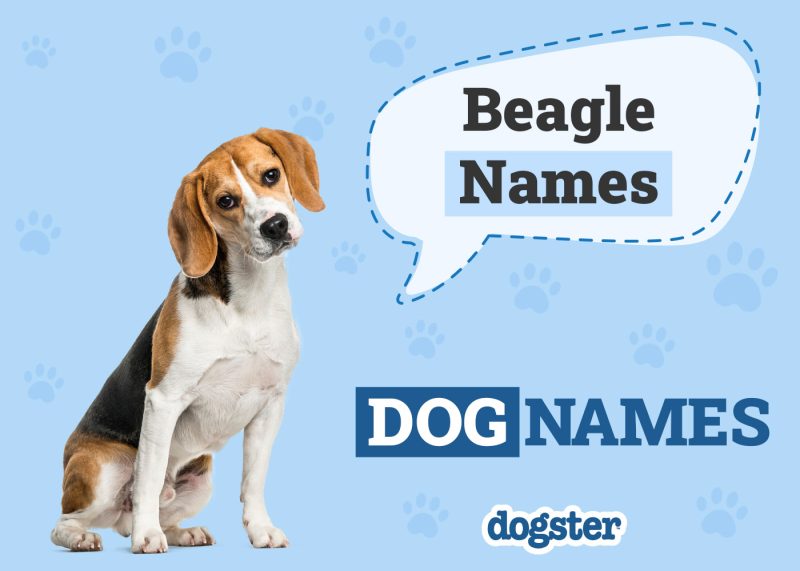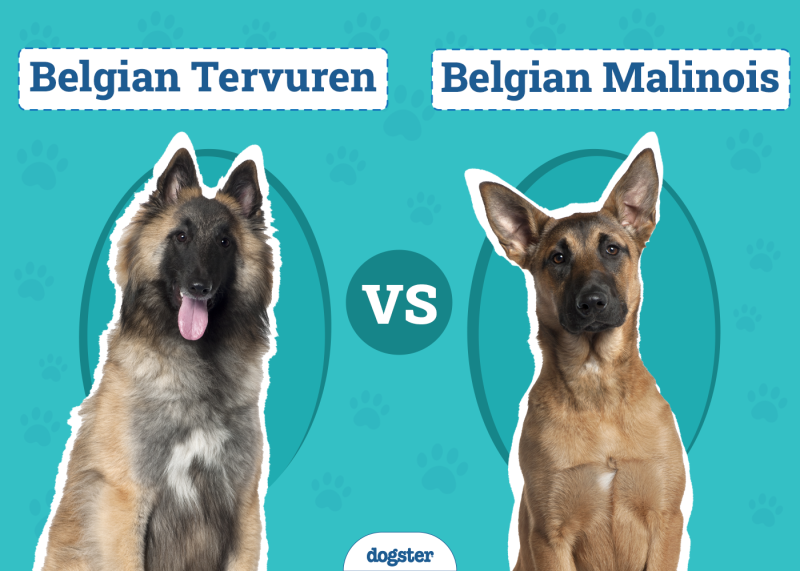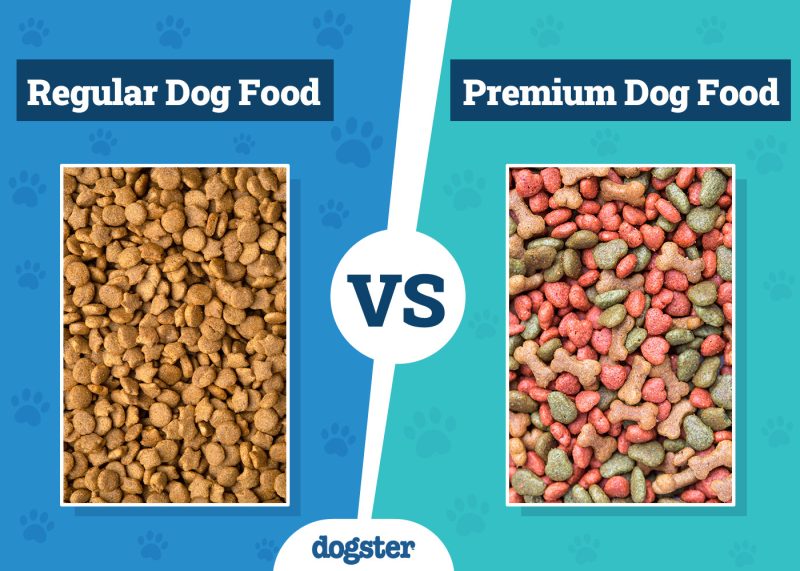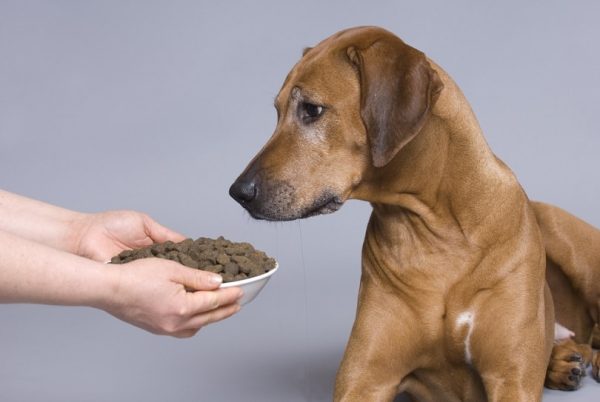In this article
Cats and dogs are popular pets, and they both have unique physical features. Among their distinguishing characteristics are their paws. The paws of cats and dogs differ in several ways, which can impact their abilities and behavior.
While the two species’ paws share many visible similarities, they have vastly different functions. In this article, we will explore the key differences between cat paws and dog paws. We’ll also look at the pros and cons of each paw type and how it affects the behavior and lifestyles of cats and dogs.

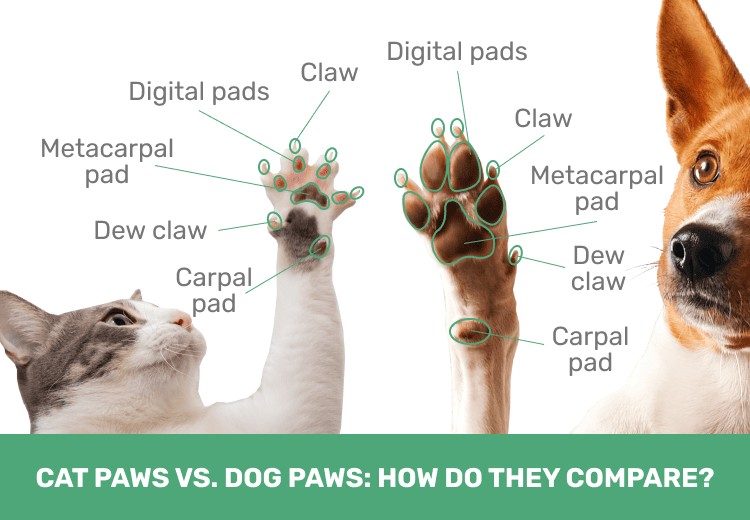
Overview of Cat Paws
Cat paws are smaller, rounder, and covered in fur. They have five toes on the front feet and four on the back, with retractable claws that can be drawn into a sheath when not in use. Additionally, cat paws provide great dexterity for climbing and gripping, allowing cats to easily scale walls, furniture, and trees. The extra toe on the front paws, located higher up, also gives cats a greater ability to climb and hold onto prey.
Furthermore, cats’ paws are smaller and more compact than dogs’ paws, typically measuring around 1.5 inches in length. And because their claws are retractable, cats can keep them protected at will and thus sharpened for a variety of needs.
The paw pads of cats are thick and soft, providing them with excellent traction for climbing and hunting. The paws’ flexibility and dexterity make them agile and adaptable, allowing cats to easily navigate various terrains.

What It’s Good For
Cats rely on their paws for a variety of activities. They use their feet to climb, scratch, grip, and pounce. The retractable claws allow cats to maintain sharpness when needed, making them great hunters.
Their flexible paws also make it easy for cats to adapt to any terrain they encounter, which is why they’re considered such great climbers. Cats also use their paws to groom themselves. They often lick their paws and then groom their face and ears.
Cats also trust their paws and nails to defend themselves when they need to. Sometimes cats will “box” or “slap” with their paws or initiate a frontal assault with their sharp nails.
- Retractable claws
- Flexible and dexterous
- Thick and soft paw pads
- Excellent traction for climbing, hunting, grooming

Overview of Dog Paws
Unlike cats with their small and retractable paws, dogs boast larger and more durable feet that measure around 2.5 inches in length. Their claws are not capable of being drawn back, providing them with extra stability while they run or dig into the ground.
Dog paws are also more rectangular-shaped than cat paws. Most of the time dogs have four toes on their back paws and five toes on the front ones. The extra toe, which is located higher up, is called dewclaw. Some dog breeds tend to have one or even two dewclaws on the hind paws. But because their nails are non-retractable, they must be regularly trimmed.
Endowed with thick and durable paw pads, dogs are able to traverse tough terrain and hot surfaces without issue. Furthermore, the size and strength of their paws make them ideal for activities that require both endurance and power.
That said, it’s easy for a dog’s paw pads to suffer damage if they remain on hot concrete too long. Owners need to be especially mindful of this when taking their dogs on a walk or run.
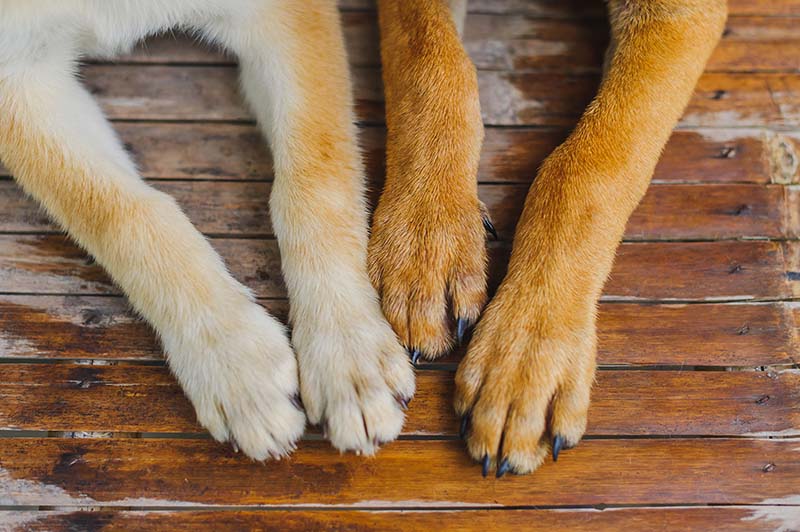
What It’s Good For
Dogs use their paws for a variety of activities. Activities like running, digging, and swimming all require the strength of their paws to be successful. The paw pads also provide dogs with extra grip and traction when on slippery surfaces.
The size and stoutness of dog paws make them better suited for activities that involve power or endurance than the agility or dexterity of their cat counterparts.
- Large and durable
- Thick paw pads for extra grip and traction
- Ideal for activities that involve power or endurance
- Claws cannot be retracted
- Not as agile or dexterous as cats’ paws

Final Thoughts
While both cat and dog paws have their unique advantages and disadvantages, they each provide the necessary support to aid in a variety of activities. Cats are more adept at climbing and agility-based tasks, while dogs excel at strength endurance exercises.
It’s important to remember that both cats and dogs need regular paw maintenance. This includes trimming their nails, checking for any skin or nail issues, keeping their legs healthy with proper exercise, and providing scratching posts for cats. With the right care and attention, cats and dogs will continue to benefit from their amazing paws!
Featured Image Credit: Jumpstory

